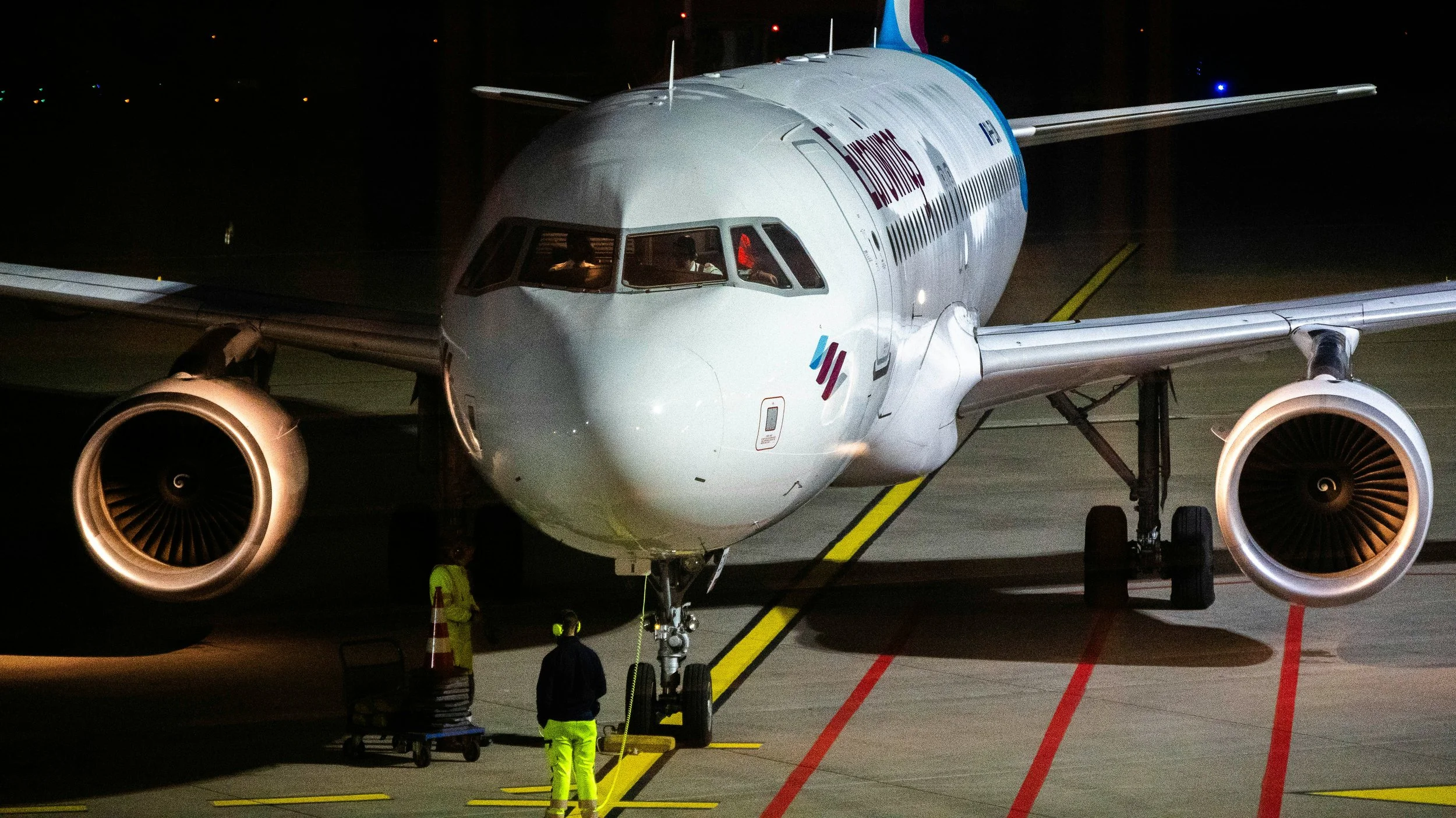How Air Traffic Controllers Communicate with Pilots in Flight
If pilots are the ones flying the plane, air traffic controllers are the ones orchestrating the skies.
They don't wear capes, but they manage hundreds of aircraft at once, keep flight paths deconflicted, and ensure millions of passengers reach their destinations safely, all through a precise language of timing and codes.
Ever wonder what it’s like to talk a plane through a storm, a tight descent, or a crowded airspace?
Let’s step inside the control tower, and 35,000 feet above it, to decode how controllers guide planes across the planet.
It All Starts on the Ground
Before a plane ever leaves the gate, Ground Control is already in contact.
Controllers direct the aircraft through the maze of taxiways.
They assign runway clearance and ensure no traffic conflicts.
The pilot follows every instruction verbatim, this is not a conversation, it’s a command-based protocol with strict phrasing.
Common phrases:
"Taxi to Runway 27 via Alpha and Bravo."
"Hold short of Runway 27."
Each instruction is acknowledged by the pilot exactly as spoken, often repeated back to confirm. Clarity is everything.
Enter: The Tower
Once an aircraft reaches the runway, Tower Control takes over.
This team gives takeoff and landing clearance, ensuring there’s only one plane per runway at a time. They coordinate closely with Ground Control and the radar team managing the skies above.
Typical exchange:
ATC: "Cleared for takeoff Runway 27."
Pilot: "Cleared for takeoff Runway 27, Delta 145."
No “OKs” or casual chat. It's precise, rehearsed, and standardized, globally.
Up in the Air: Radar Takes Over
After takeoff, the aircraft is handed over to Departure Control, then to En Route (Center) Control.
This is where the real orchestration begins.
Controllers now manage altitude changes, lateral separation between aircraft, and routing adjustments due to weather or traffic. Planes must maintain safe vertical and horizontal distances from each other often just a few thousand feet apart at most.
Typical commands:
“Climb and maintain flight level 350.”
“Turn left heading 280.”
“Contact Chicago Center on 132.45.”
The pilot changes frequency, checks in with the next controller, and continues across the country, or ocean in a constant chain of handoffs.
Oceanic Flights: Special Rules, Long Silence
Over oceans where radar doesn’t reach, things get even more precise.
Pilots follow pre-filed routes and time-based checkpoints.
Communications are done via HF radio or satellite.
Pilots report position, speed, altitude, and next point manually.
In these regions, trust between pilot and controller is everything and so is accurate navigation.
Descent and Approach: High Traffic, High Stakes
As the plane nears its destination, Approach Control takes over.
This team manages:
Descent instructions
Spacing between multiple inbound aircraft
Sequencing for landing
Controllers guide pilots into a safe, stable approach path while simultaneously coordinating with 10, 20, or even 30 other aircraft nearby.
Phraseology becomes even more specific:
“Descend and maintain 4,000 feet.”
“Turn right heading 240 to intercept the localizer.”
“Reduce speed to 180 knots until established.”
Back to the Tower, Then Ground
Once cleared for final approach, the pilot is handed back to Tower Control for landing clearance.
Then, once wheels are down and the aircraft vacates the runway, Ground Control takes over again to guide the aircraft safely to the gate.
From pushback to parking, a plane might speak to six or more controllers, across thousands of kilometers.
It’s Not Just Talk - It’s a Language
Air traffic control communication is governed by the ICAO (International Civil Aviation Organization), which standardizes:
Phraseology
Vocabulary
Tone
Structure
There’s no room for slang or improvisation. The stakes are too high, and miscommunication can have serious consequences.
That’s why you’ll always hear:
“Say again” (instead of “what?”)
“Affirmative” (instead of “yes”)
“Unable” (instead of “no”)



